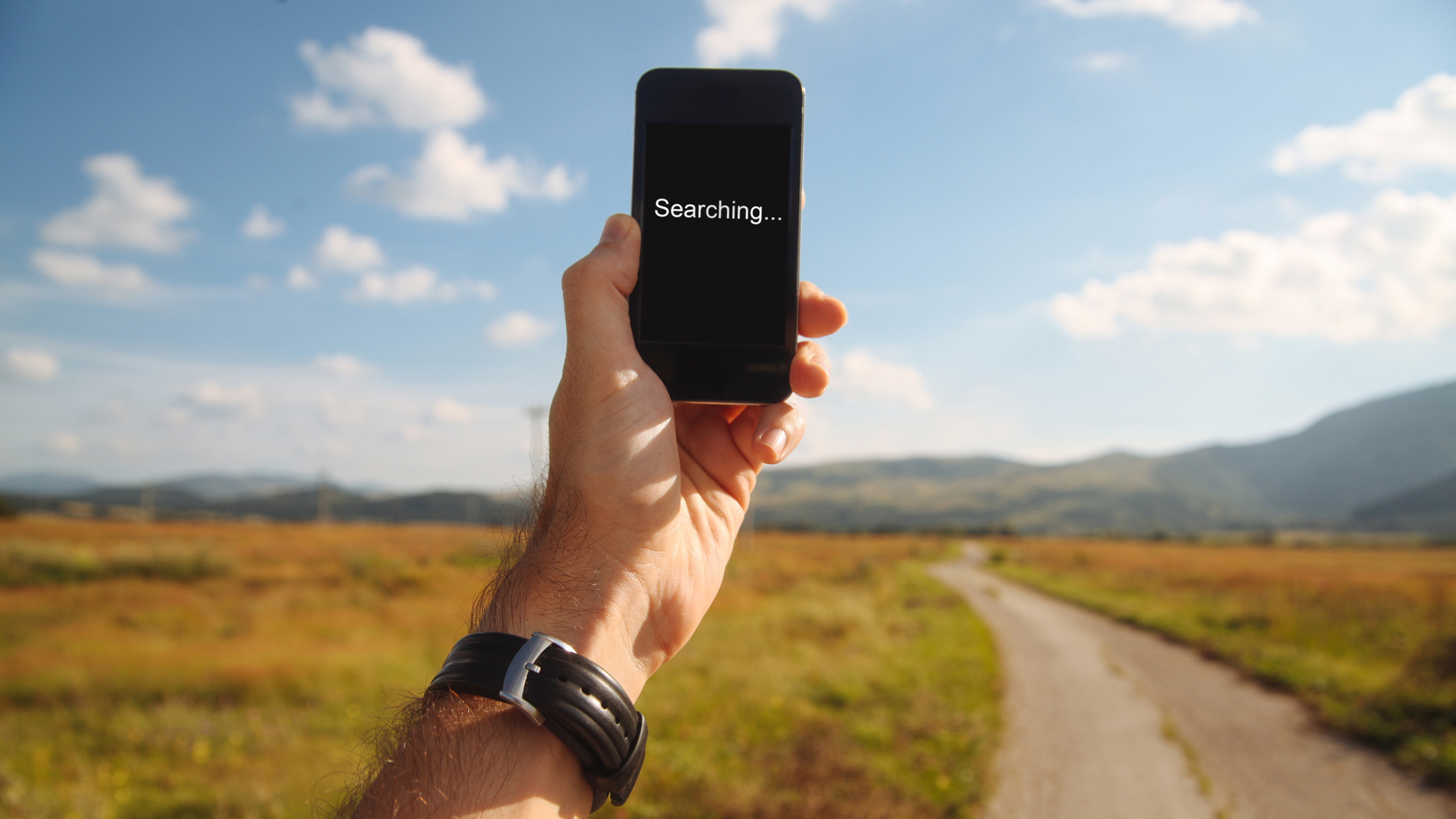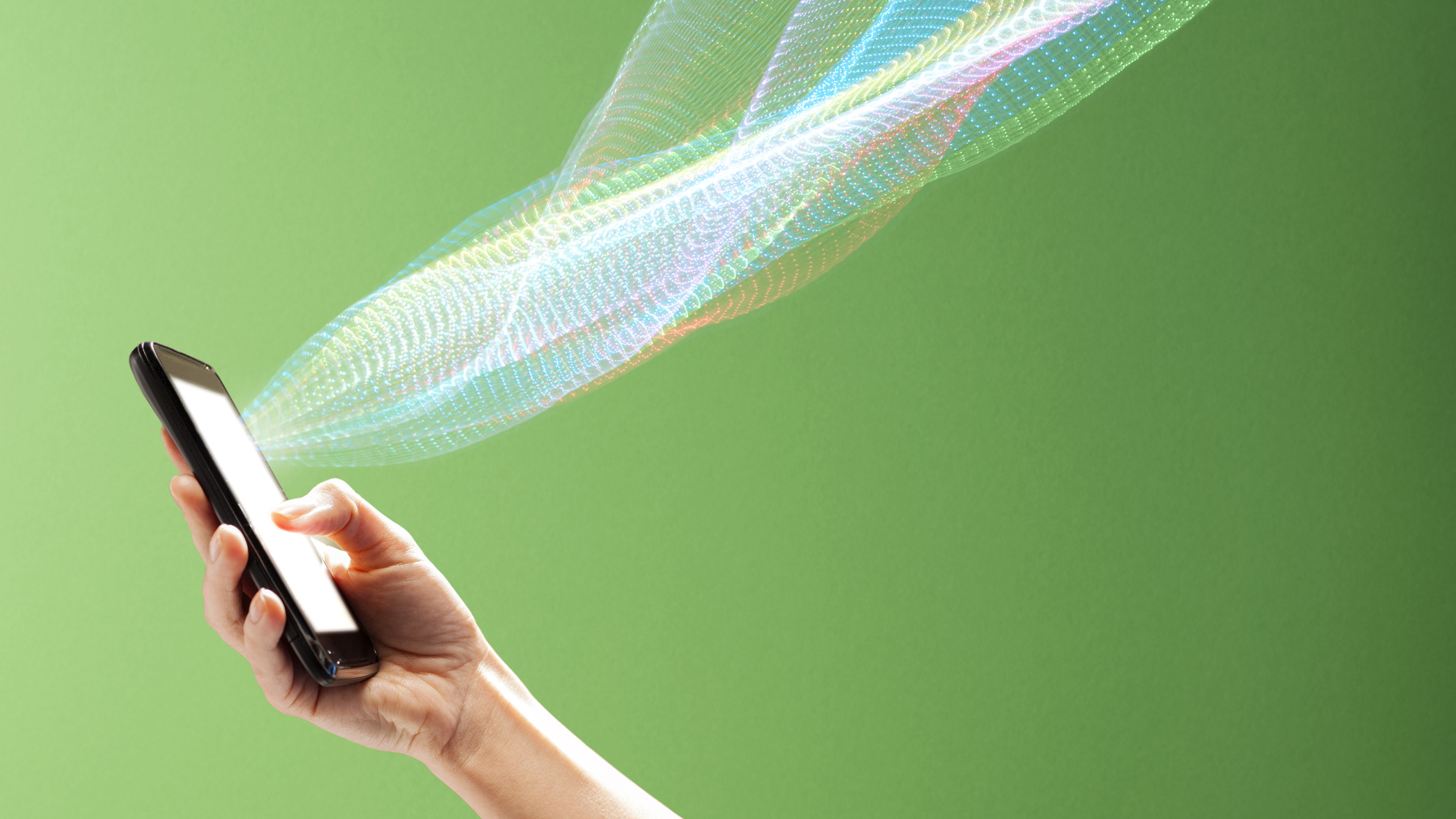How to boost cell phone signal: 8 tips to improve your cell reception
Here's our list of tips to help you boost your cell phone reception.

We’re always looking to boost cell phone signal, no matter where we are. Poor cell phone reception can be frustrating, especially if you’ve just signed up for a new long-term plan with one of the best cell phone providers only to find out their cell phone coverage in your area sucks. But hope is not lost, because we’ve got a series of tips, tricks, and products that might be able to help you boost your cell phone signal, and stay connected.
1. Signal boosters
If you’re struggling to get a good cell phone signal then you could always consider getting a cell phone signal booster. Cell phone signal boosters are devices which attach to your smartphone and boost your cell phone signal by attaching it to an enormous antenna. These huge antennas pick up the cell phone signal and run it through an amplifier to boost the strength of the signal, before transmitting it back through a secondary antenna into your home or vehicle.
Cell phone boosters come in two main types: home cell phone boosters and vehicle cell phone boosters. We’ve got a round up of the best cell phone signal boosters if you’re looking for a vehicle-based solution. If you need something for the home, then check out our guide on choosing the best cell phone signal booster for your home.
2. Get a new phone
Time makes fools of us all, and that includes your smartphone. If you’ve had the same smartphone for several years then a lot of technology inside it will be old and outdated. Upgrading to a new phone will give you access to new technologies like 5G (What is 5G?), while improving the internal components like the antenna to give you better cell phone signal. Check out our guide for the best smartphones to help you choose a new handset. If you’re looking for a new smartphone, but don’t want to pay the big bucks then we also have a guide for the best cheap smartphones.
3. Change cell phone network provider
If you’re suffering from poor cell phone signal in your area, it could be that your cell phone provider just doesn’t have great coverage in that area. We wrote an article looking into the cell phone coverage maps for each of the major cell phone providers, so check that out to find out how your network performs in your area. If you find that their coverage is lacking, you should consider switching to another cell phone provider that offers better coverage where you live.
4. Charge your battery
Another common issue with cell phone reception that most people don’t know about is that your reception can get worse when your smartphone battery is running low. If your battery has less than 25% charge left, you may suffer numerous issues including poor app performance and worse cell phone reception. Make sure your phone is fully charged and you may find your cell phone signal worries are a thing of the past.
It’s not always possible to stay near a plug or USB socket though, so it can be difficult to keep your smartphone fully charged. In these cases, we recommend you look into getting a portable phone charger. These handy gadgets act as power banks, letting you transfer power from the charger to your phone when you need a little energy boost.
Sign up to receive the latest news, reviews, buying guides and deals direct to your inbox
5. Use your WiFi to make calls
If you have poor cell phone reception in your home, you may be surprised to hear that you can use your WiFi connection to make calls, rather than your cell provider’s network. This means that you can piggyback off your home WiFi network, which will usually have an incredibly strong and stable signal.

All of the major cell phone providers offer WiFi calling, including AT&T, Sprint, T-Mobile, Verizon, etc. WiFi calling is supported on almost all currently available smartphones, though do check to see if your current handset is capable of using the service. WiFi calling is usually free too, though there may be exceptions if you’re calling premium or overseas numbers.
6. Don’t block your antenna
Some of our readers might be too young to remember this, but cell phones used to have enormous antennae sticking out of the top of them to help boost their signal. What you may not know is that modern smartphones still have these antenna, but they’re now tucked away inside the phone case.
Since you can’t see the antenna, it’s difficult to know where it is, which makes it very easy to accidentally block your antenna with your hand while you’re holding your smartphone. If you’re struggling to get signal, try holding your phone in a different way and see if your cell reception improves - it could just be that you were covering the antenna.
7. Restart your device/toggle airplane mode
Have you tried turning it off and then on again? This infamous line is usually used to mock tech support workers who sometimes offer patronizing, simplistic advice, but it’s a tried and true method for fixing electronic devices, including smartphones. If you’re struggling with poor cell phone reception, restarting the device will reboot the software and may fix some underlying issues that it was having, improving your cell phone signal.
By the same virtue, you can also switch your phone into airplane mode, then switch it back again. This will cause your cell phone to drop and reacquire your provider’s cell phone signal, which can also help fix some issues with poor connection.
8. Get to higher ground and away from obstructions
Advice from the Jedi this time - take the high ground. Cell phone reception can be blocked by buildings, trees, and other obstacles. This is especially true in densely-packed urban areas like big cities. Getting to higher ground reduces the number of obstructions between you and your nearest cell tower, which means you’ll have less trouble picking up the cell phone signal.

Obviously there isn’t always a hill or comically huge ladder within reach, but there are always steps you can take to increase your elevation. Like literally, take the steps and head up to the highest floor of your building - if you can get to the roof even better. Even if getting to a high elevation isn’t possible, you can still take steps to get away from buildings, trees and other large objects that could be blocking your cell phone signal. Try finding a wide open area like a park where you aren’t surrounded by high-rise buildings and see if your signal improves.
Ian Stokes is the Tech Editor here at Top Ten Reviews. He has extensive experience in tech and games journalism, with work published on IGN, Kotaku UK, Waypoint, GamesRadar, Trusted Reviews, and many more. You'll find him covering everything from smartphones and home computers to 3D printers and headphones. He's also our resident cocktail expert.

